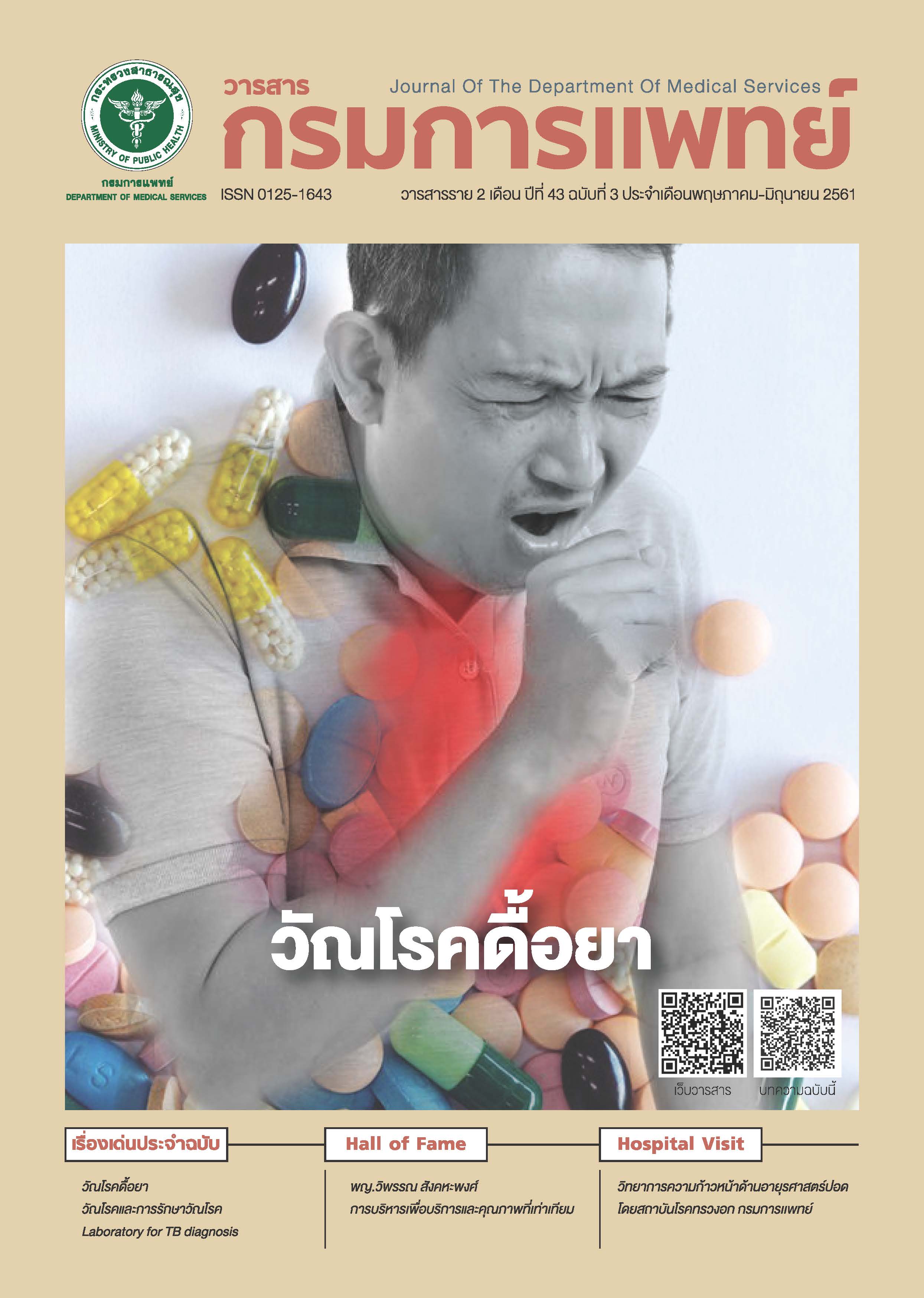Biliary Atresia in Infancy: An Analysis of Diagnosis, Prognostic Factors and Outcomes of Treatment
Keywords:
Biliary atresia, Ultrasonography, Jaundice clearance rate, Jaundice recurrence rateReferences
McKiernan PJ, Baker AJ, Kelly DA. The frequency and outcome of biliary atresia in the UK and Ireland. Lancet 2000; 355: 25-9.
Chardot C, Carton M, Spire-Bendelac N, Le Pommelet C, Golmard JL, Auvert B. Epidemiology of biliary atresia in France: a national study 1986-96. J Hepatol 1999; 31: 1006-13.
Hsiao CH, Chang MH, Chen HL, Lee HC, Wu TC, Lin CC, et al. Universal screening for biliary atresia using an infant stool color card in Taiwan. Hepatology 2008; 47: 1233-40.
Vejchapipat P, Passakonirin R, Sookpotarom P, Chittmitrapap S, Poovorawan Y. High-dose steroids do not improve early outcome in biliary atresia. J Pediatr Surg 2007; 42:2102-5.
Tyraskis A, Davenport M. Steroids after the Kasai procedure for biliary atresia: the effect of age at Kasai portoenterostomy. Pediatr Surg Int 2016; 32:193-200.
Muraji T, Higashimoto Y. The improved outlook for biliary atresia with corticosteroid therapy. J Pediatr Surg 1997;32:1103-6.
Wattnatittan S. Reconstructive surgery for biliary atresia: a personal experience. Bull Dept Med Serv 1984;9: 131-42.
Gong C, Ping X, Shan Z. A pathological scoring system in the diagnosis and judgement of prognosis of biliary atresia. J Pediatr Surg 2015;12:2119-23.
Gautier M, Eliot N. Extrahepatic biliary atresia. Morphological study of 98 biliary remnants. Arch Pathol Lab Med1981;105: 397-402.
Serinet MO, Wildhaber BE, Broué P, Lachaux A, Sarles J, Jacquemin E, et al. Impact of age at Kasai operation on its results in late childhood and adolescence: a rational basis for biliary atresia screening. Pediatrics 2009; 123:1280-6.
Masaki N, Hideyuki S, Motoshi W, Takuro K, Kotaro N, Hiromu T.Impact of age at Kasai operation on short- and long-term outcomes of type III biliary atresia at a single institution. J Pediatr Surg 2010 ;45: 2361-3.
Wattnatittan S. Diagnostic problem in infantile cholestatic jaundice. Thai J Surg 1998;19:45-50.
Pierre R, John C. Design and validation of the biliary atresia research consortium histologic assessment system for cholestasis in Infancy. Clin Gastroenterol Hepatol 2011;9:357-62.
Hays DM, Kimura K. Biliary atresia : new concepts of management. Curr Prob Surg 1981; 18: 546-608.
Kasai M, Kimura S, Asakusa Y. Surgical treatment of biliary atresia. J Pediatr Surg 1968;3:665-75.
Altman RP, Lilly JR. Technical details in the surgical correction of extra hepatic biliary atresia. Surg Gynecol Obstet 1975; 140:953-6.
Wattnatittan S. Cholestasis jaundice in infancy:diagnostic experience. Bull Dept Med Serv 1994;19:77-86.
Choi SO, Park WH, Lee HJ, Woo SK. “Triangular cord”: a sonographic finding applicable in the diagnosis of biliary atresia. J Pediatr Surg 1996; 31: 363-6.
Suruga K, Miyano T, Kitahara T, Kojima Y, Fukuda Y. Treatment of biliary atresia: a study of our operative results. J Pediatr Surg 1981;16; 621-6.
Davenport M, Howard ER. Macroscopic appearance at portoenterostomy -a prognostic variable in biliary atresia. J Pediatr Surg 1996; 31:1387-90.
Howard ER, Driver M, McClement J, Mowat AP. Results of surgery in 88 consecutive cases of extrahepatic biliary atresia. J R Soc Med 1982; 75:408-13.
Kimura K, Tsugawa C, Kubo M, Matsumoto Y, Ipoh H. Technical aspects of hepatic portal dissection in biliary atresia. J Pediatr Surg 1979; 14:27-32.
Tan CE, Davenport M, Driver M, Howard ER. Does the morphology of the extrahepatic biliary remnants in biliary atresia influence survival? A review of 205 cases. J Pediatr Surg1994;29: 1459-64.
Davenport M. Biliary atresia: clinical aspect. Semin Pediatr Surg 2012; 21:175-84.
Nio M, Sasaki H, Wada M, Kazama T, Nishi K, Tanaka H.Impact of age at Kasai operation on short- and long-term outcomes of type III biliary atresia at a single institution. J Pediatr Surg 2010; 45:2361-3.
Altman RP,Lilly JR, Greenfel J, Weinberg A, van Leeuwen K, Flanigan L. A multivariable risk factor analysis of the portoenterostomy (Kasai) procedure for biliary atresia: twenty-five years of experience from two centers. Ann Surg 1997; 226: 348-53.
Shneider BL, Brown MB, Haber B, Whitington PF, Schwarz K, Squires R, et al. A multicenter study of the outcomes of biliary atresia in the United States, 1997-2000. J Pediatr 2006; 148: 467-74.
Superina R, Magee JC, Brandt ML, Healey PJ, Tiao G, Ryckman F, et al. The anatomic pattern of biliary atresia identified at time of Kasai hepatoportoenterostomy and early postoperative clearance of jaundice are significant predictors of transplant-free survival. Ann Surg 2011; 254:577-85.
Serinet MO, Broué P, Jacquemin E, Lachaux A, Sarles J, Gottrand F, et al. Management of patients with biliary atresia in France: results of a decentralized policy 1986-2002. Hepatology 2006;44:75-84.
Davenport M, Ong E, Sharif K, Alizai N, McClean P, Hadzic N, et al. Biliary atresia in England and Wales: results of centralization and new benchmark. J Pediatr Surg 2011; 46:1689-94.
Sangkhathat S, Patrapinyokul S, Tadtayathikom K, Osatakul S. Peri-operative factors predicting the outcome of hepatic porto-enterostomy in infants with biliary atresia.J Med Assoc Thai 2003;86:224-31.
Sookpotarom P, Vejchapipat P, Chittmittrapap S, Sookpotarom P, Chongsrisawat V, Chandrakamol B, et al. Short-term results of Kasai operation for biliary atresia: experience from one institution. Asian J Surg 2006; 29:188-92.
Downloads
Published
How to Cite
Issue
Section
License
บทความที่ได้รับการตีพิมพ์เป็นลิขสิทธิ์ของกรมการแพทย์ กระทรวงสาธารณสุข
ข้อความและข้อคิดเห็นต่างๆ เป็นของผู้เขียนบทความ ไม่ใช่ความเห็นของกองบรรณาธิการหรือของวารสารกรมการแพทย์


